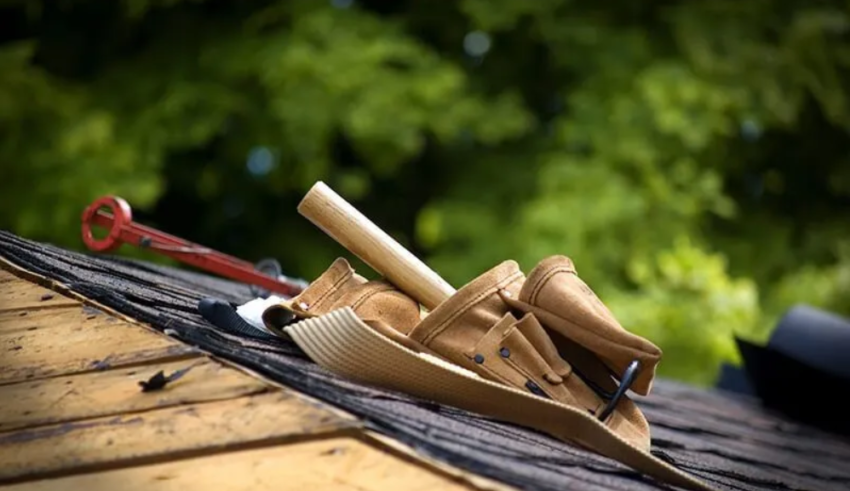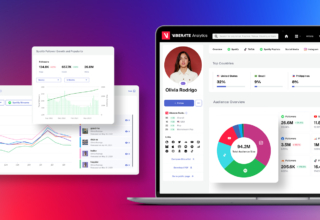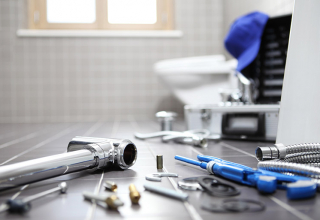
Flat roofing is widely favored for both residential and commercial buildings. Its clean, modern look and ease of installation make it a great option for various structures. However, numerous factors impact the overall cost when it comes to budgeting for flat roofing.
Understanding these elements can help property owners make informed decisions about their roofing needs. Let’s explore the main factors affecting the cost of flat roofing, from material choices to maintenance needs.
Table of Contents
1. Roofing Material Options
The type of material used for flat roofing is a primary driver of cost. Different materials vary widely in terms of price, durability, and maintenance requirements, which can impact both the initial investment and the long-term expenses of maintaining the roof.
Some materials offer basic protection at a lower cost, while others are designed with advanced features like improved energy efficiency or enhanced weather resistance, which can help save on heating and cooling bills over time.
2. Roof Size and Complexity
The size and complexity of the roof are essential considerations when calculating costs. Larger roofs naturally require more materials and labour, increasing the overall expense. The shape and accessibility of the roof also play a role. A simple rectangular roof without many penetrations (such as skylights or vents) is easier and faster to install, leading to lower labour costs.
Conversely, a roof with multiple sections, corners, and obstacles can increase the complexity of installation and, therefore, raise the cost. Roofs with steep inclines or unusual angles may also need special installation techniques or safety measures, which can add to labour costs.
3. Roof Installation and Labor Costs
Labour is a considerable part of any roofing project. The cost of labour will depend on the roofing contractor’s rates, the experience of the installation team, and the project’s complexity.
Flat roofs are generally easier to install than pitched roofs, which can reduce labour costs. However, specialized roofing may require specific installation techniques and experienced workers, resulting in higher labour charges.
4. Existing Roof Condition
Removing an existing roof before installing a new flat roof can increase the overall cost. The condition of the old roof affects the removal process; for instance, if it has multiple layers of previous roofing material, this will require more labour and time to remove, increasing costs.
Additionally, structural issues, such as damaged or rotting decking, will need to be repaired before the new roofing can be installed.
Proper removal and repair are crucial, as any underlying damage could compromise the durability and lifespan of the new roof. These extra steps ensure the new roof’s longevity but can add to the overall project cost.
5. Insulation Requirements
Insulation is critical to flat roofing, as it helps regulate indoor temperatures and improve energy efficiency. Higher-quality insulation materials can improve a building’s energy efficiency but come at a higher price.
Some roofing materials already offer reflective surfaces that can help with insulation, potentially reducing the need for additional insulation layers.
Insulation is even more essential in regions with extreme weather conditions, which may result in additional material and installation costs to meet local building codes and energy standards.
6. Drainage and Waterproofing Needs
Proper drainage and waterproofing are essential for flat roofs, as water can accumulate and lead to leaks or structural damage. Effective drainage systems, such as gutters, downspouts, and interior drains, must be installed to prevent water pooling.
Some flat roofing systems come with built-in waterproofing layers, while others require additional coatings. Waterproofing coatings or membranes, such as liquid-applied coatings, can add an extra layer of protection but increase material and labour costs.
Over time, maintenance may also include recoating or repairing waterproofing layers, which can influence the total cost of ownership.
7. Climate and Weather Considerations
The local climate and weather patterns significantly impact the choice of materials and installation techniques, impacting the cost of a flat roof.
In areas with heavy rainfall, snow, or high temperatures, more durable materials or additional waterproofing may be necessary to protect against leaks and heat damage. Investing in weather-resistant materials can increase initial costs but help prevent future repair expenses.
8. Permits and Building Codes
Flat roofing projects may require permits, especially for commercial buildings or extensive residential projects. Building codes dictate minimum standards for materials, installation techniques, and safety requirements to ensure the roof meets local standards.
Permit costs vary by location and project size, so it is essential to check with local authorities for permit requirements and fees before beginning a flat roofing project.
Non-compliance with building codes can lead to fines or the need for expensive modifications, so it’s crucial to factor permit expenses into the overall budget.
Conclusion
While choosing lower-cost materials or contractors may be tempting, investing in high-quality materials and experienced professionals can save money in the long run by reducing the need for repairs or replacements.
Proper planning, adherence to local codes, and ongoing maintenance are crucial to extending the life of a flat roof and protecting your investment.Contact The Roof Technician today to schedule a consultation and discover how we can provide you with a high-quality flat roofing solution that stands the test of time.















